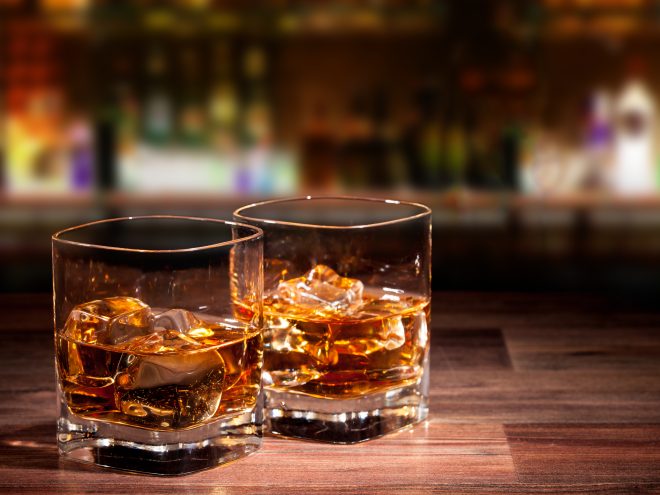Introduction
Australia presents a valuable, though highly regulated, market for alcoholic beverage exporters. With a strong drinking culture and a high proportion of the adult population regularly consuming alcohol, the market offers openings—particularly for brands that align with emerging consumer preferences. However, due diligence is essential to ensure commercial viability and compliance with local standards.
Market Overview
According to the latest Roy Morgan Alcohol Consumption Currency Report (June 2022), approximately 67.9% of Australian adults (13.6 million people) consumed alcohol in an average four-week period. While beer and wine remain entrenched in Australian drinking habits, pandemic-era spikes in consumption have stabilised. Meanwhile, RTDs (ready-to-drink) and hard seltzers continue to gain momentum, reaching record highs in popularity.
Trends indicate a long-term decline in beer, a stabilisation in wine and spirits, and an increased consumer appetite for premium, boutique, and “better-for-you” options, especially in the RTD and spirits categories. For international exporters, this shift opens the door for niche and experiential products rather than mass-market offerings.
Market Considerations for Exporters
To succeed in Australia’s alcoholic beverage market, it’s essential to understand the regulatory environment, commercial structure, and consumer expectations:
Legal Age and Retail Restrictions
The legal drinking age across all Australian states and territories is 18 years. Alcohol cannot be sold in general retail outlets like convenience stores or petrol stations; it must be sold through licensed liquor operators.Highly Concentrated Retail Sector
Australia’s liquor retail market is dominated by three major players:Endeavour Group (includes Dan Murphy’s and BWS) – 43.5% market share
Coles Group (includes Liquorland, First Choice, Vintage Cellars) – 17.1%
Metcash (which owns IGA Liquor and Cellarbrations) – 10.4%
Gaining shelf space with these retailers typically requires strong brand positioning, reliable logistics, and alignment with consumer trends.
State-by-State Regulation
Liquor laws vary by state and territory, impacting which products can be sold, where, and how. Some states limit certain alcohol content levels or regulate the types of venues allowed to sell alcohol.Marketing and Packaging Compliance
Australia enforces strict advertising and packaging rules under the Alcohol Beverages Advertising Code (ABAC). Products must not appeal to minors, encourage rapid consumption, or resemble non-alcoholic drinks. Breaches can result in commercial bans and reputational damage.Shipping and Market Size Challenges
Compared to North America or Europe, Australia is a smaller market geographically dispersed across a vast continent. Shipping costs—both internationally and domestically—can be high, and should be factored into any pricing strategy.
Recommendations for Exporters
To maximise the likelihood of a successful entry into the Australian market, international suppliers should:
Focus on high-growth categories, particularly RTDs and boutique spirits, with emphasis on health, sustainability, or provenance.
Build relationships with key buyers within Australia’s major liquor retailers or specialised distributors.
Understand local regulation and compliance, including the specific rules of each state or territory.
Familiarise yourself with industry bodies and best-practice marketing standards, including:
Food Standards Australia New Zealand (FSANZ) – labelling requirements
Australian Taxation Office (ATO) – for excise duty and licensing
Trade publications like The SHOUT and Drinks Trade for up-to-date market news
Conclusion
Australia offers real opportunities for international alcohol brands, particularly those bringing innovation, premium quality, and compliance-ready strategies. By understanding the legal, retail, and cultural environment—and by partnering with in-market experts like Foley—exporters can navigate the complexities and build sustainable commercial success.
Looking to launch your beverage brand in Australia? Contact us to explore your entry strategy.

